How OMCA is Making Dorothea Lange’s Archive Available for All
Want to know how OMCA digitizes Dorothea Lange’s work? Photographic Collection Cataloger Ellis Martin takes us behind the scenes
Last summer, the Henry Luce Foundation awarded OMCA a grant to support the The Dorothea Lange Collection Project. Our Photographic Collections Catalogers Ellis Martin and Natalie Weiner cataloged 8,000 objects, updated the records for another 12,000 objects, and generated 20,000 images for Lange’s archive, allowing OMCA greater ability to share this coveted collection more broadly online with our upcoming Dorothea Lange Digital Archive.
We sat down with Martin to talk about the digitization process, as well as the importance of making these photographs accessible online. Watch the video above for an overview of the process, and read on for more information about the types of materials and artifacts Lange used and created in her work.
Photography Terminology:
What’s a Negative?
EM: Lange used black and white negative film in her photographic process. The film is loaded into the camera and when the shutter opens, light goes into the lens of the camera and interacts with light-sensitive compounds on the film. When developed, this creates a negative, which looks like the exact opposite of the original image in terms of lightness and darkness. The lightest parts of the image look dark, and the darkest parts of the image look light.
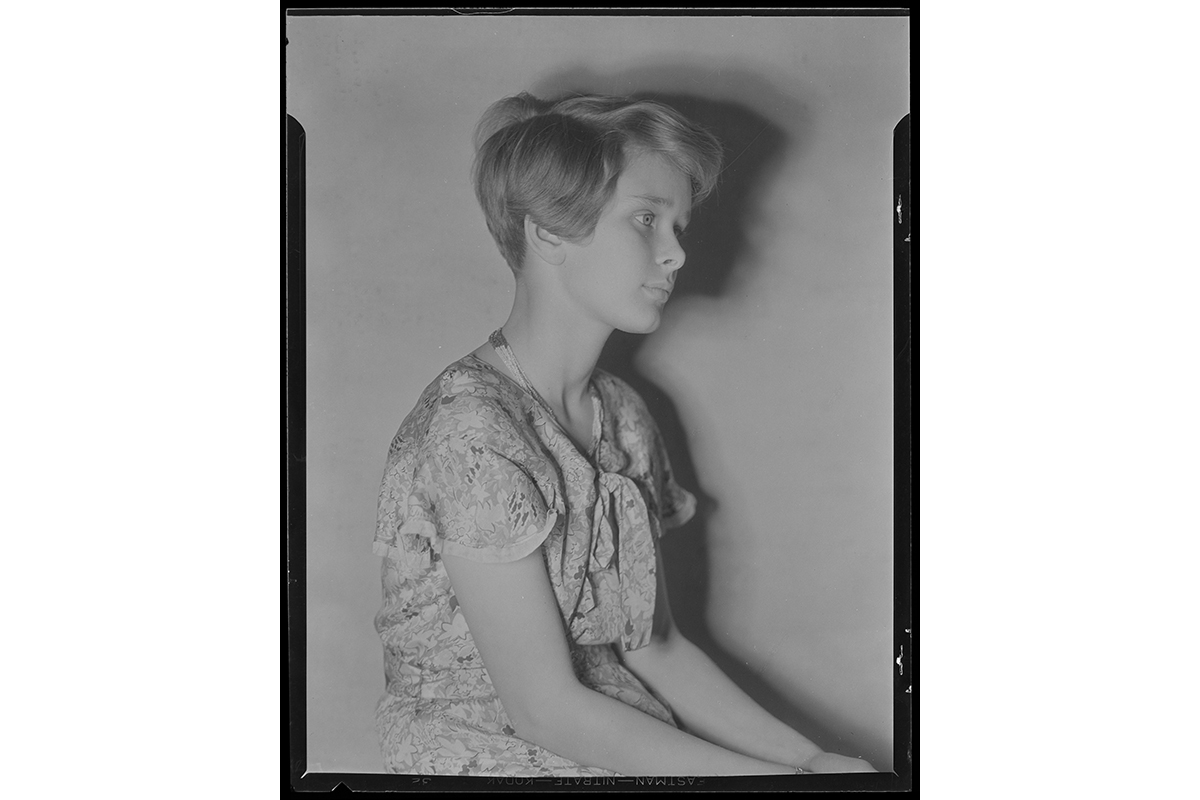
Dorothea Lange, Gomperts Older Child, San Francisco, CA, 1933. Gift of Paul S. Taylor © The Dorothea Lange Collection, the Oakland Museum of California.
What are Contact Sheets?
EM: To make a contact sheet, Lange would take a number of negatives, usually from the same session, and lay them all out on a piece of light-sensitive photographic paper. She would then put a piece of glass on top, and shine light onto it, which would turn those images into a positive that’s the exact same size as the film. The contact sheet is a group of positive prints in their original size. It is not typically a print that is shown as an “art object,” but it’s kind of nuanced because OMCA and other art institutions sometimes see it as an art object, even though Lange would have seen it as just a photographic tool.
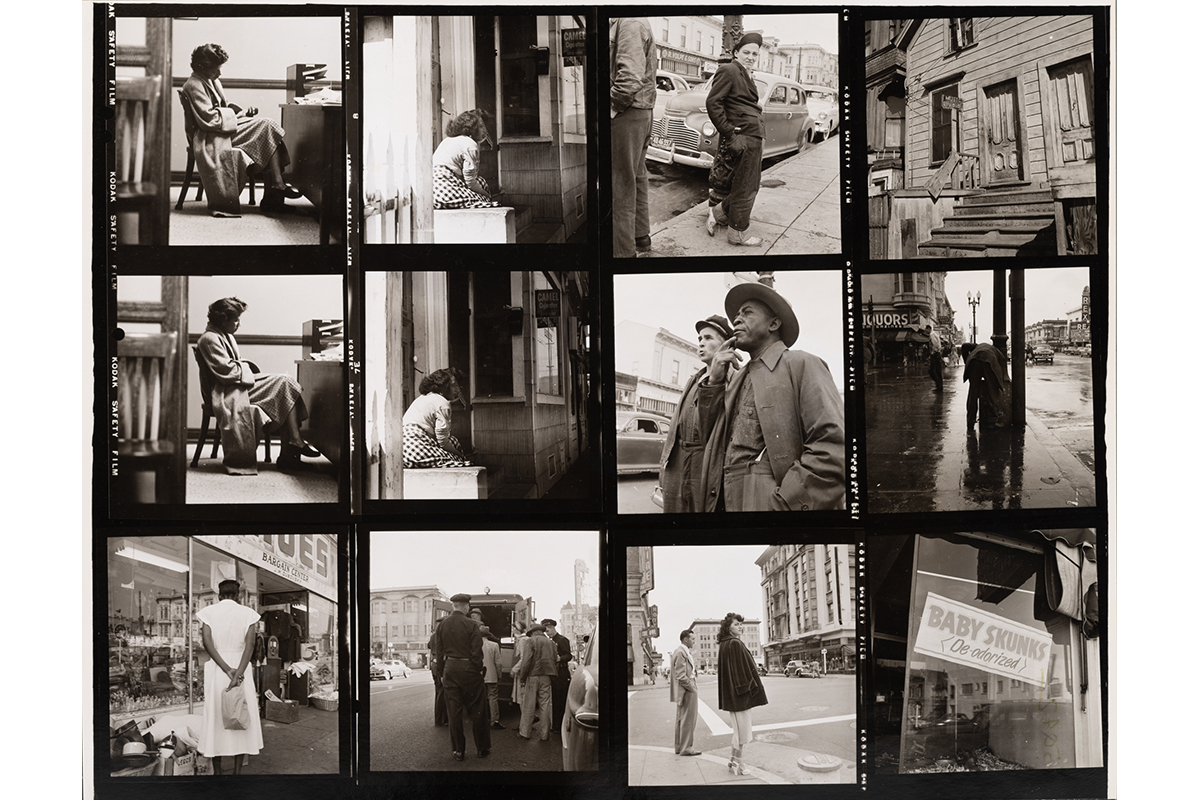
Dorothea Lange, People in the City, and Signs, Oakland, CA, 1952. Gift of Paul S. Taylor © The Dorothea Lange Collection, the Oakland Museum of California.
What is a Print?
EM: Prints are typically enlarged versions of the negative printed on a piece of paper. These are the images we are used to seeing as the final product of a photograph.
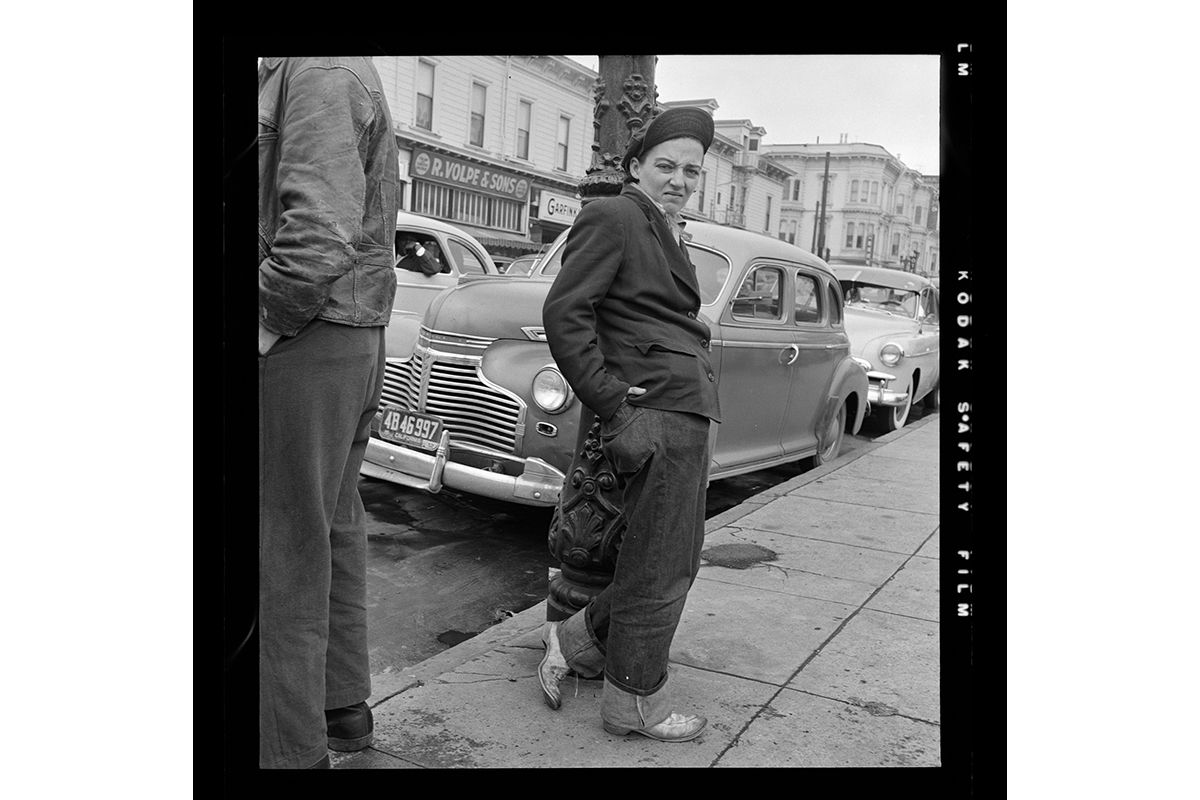
Dorothea Lange, City of the Homeless – Walking Wounded Oakland, CA, 1951. Gift of Paul S. Taylor © The Dorothea Lange Collection, the Oakland Museum of California.
What’s Cropping?
EM: Cropping is a decision that photographers make about their images. Lange took from the full negative to emphasize the part of the image she wanted to focus on. It’s an aesthetic decision to draw attention to a particular part of the photograph.
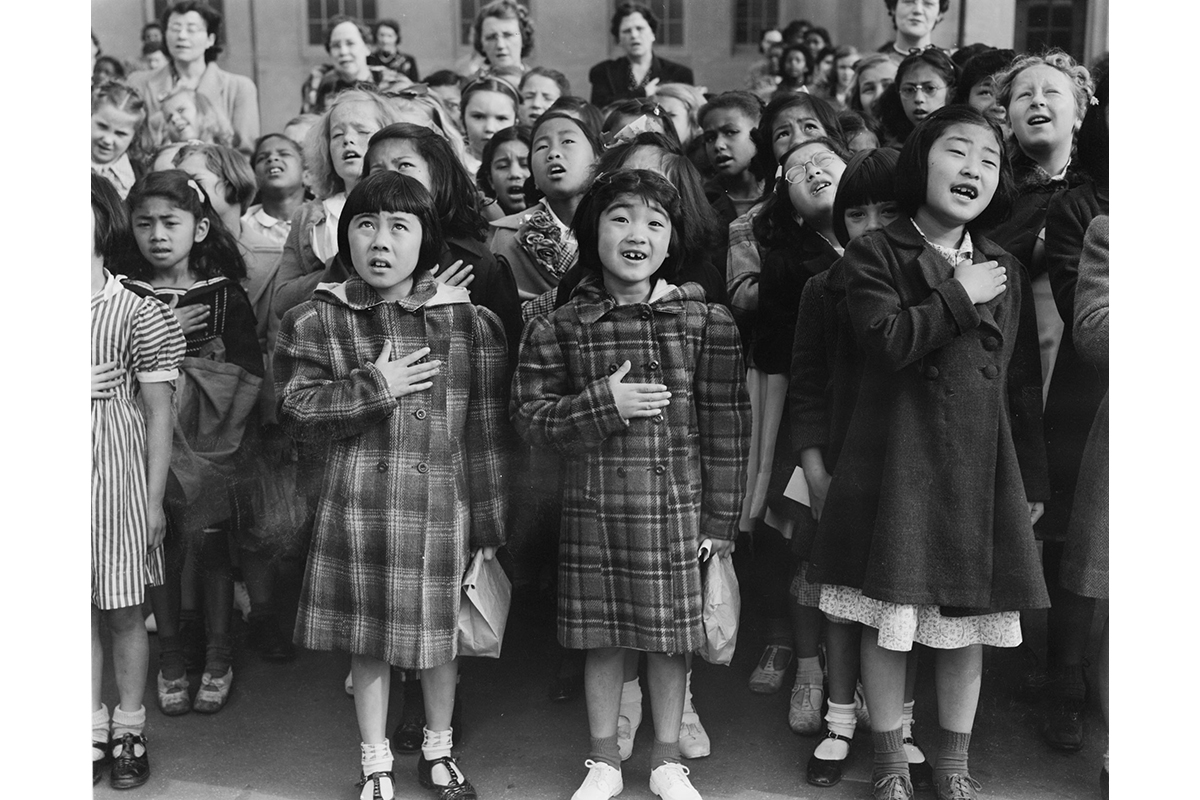
Original Dorothea Lange, One Nation Indivisible, San Francisco (Pledge of Allegiance at Rafael Weill Elementary School a Few Weeks Prior to Evacuation), San Francisco, CA, April 20, 1942. Gift of Paul S. Taylor © The Dorothea Lange Collection, the Oakland Museum of California. |
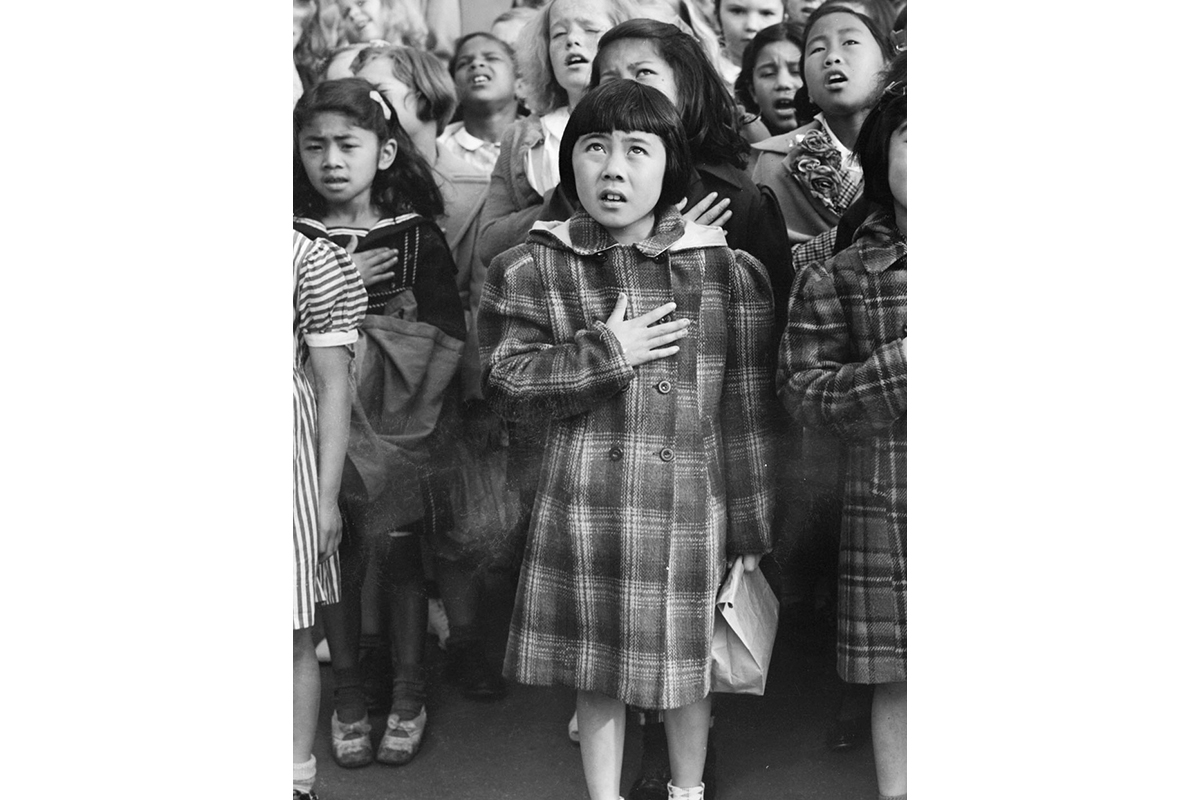
Cropped Dorothea Lange, One Nation Indivisible, San Francisco (Pledge of Allegiance at Rafael Weill Elementary School a Few Weeks Prior to Evacuation), San Francisco, CA, April 20, 1942. Gift of Paul S. Taylor © The Dorothea Lange Collection, the Oakland Museum of California. |
What are Field Notes?
EM: Field notes are somewhere between reporting and a diary. They’re usually occurring concurrently with the photographs Lange was taking. So she would take a photograph, ask the subject some questions, and take down notes. Sometimes the field notes are very clear, so you can match field notes to certain images, and sometimes it’s more about just what was going on around her, like her photographic diary. They provide more context to the image and what was happening around her at that time. They’re considered part of her archives, and are typically just her writings on paper.
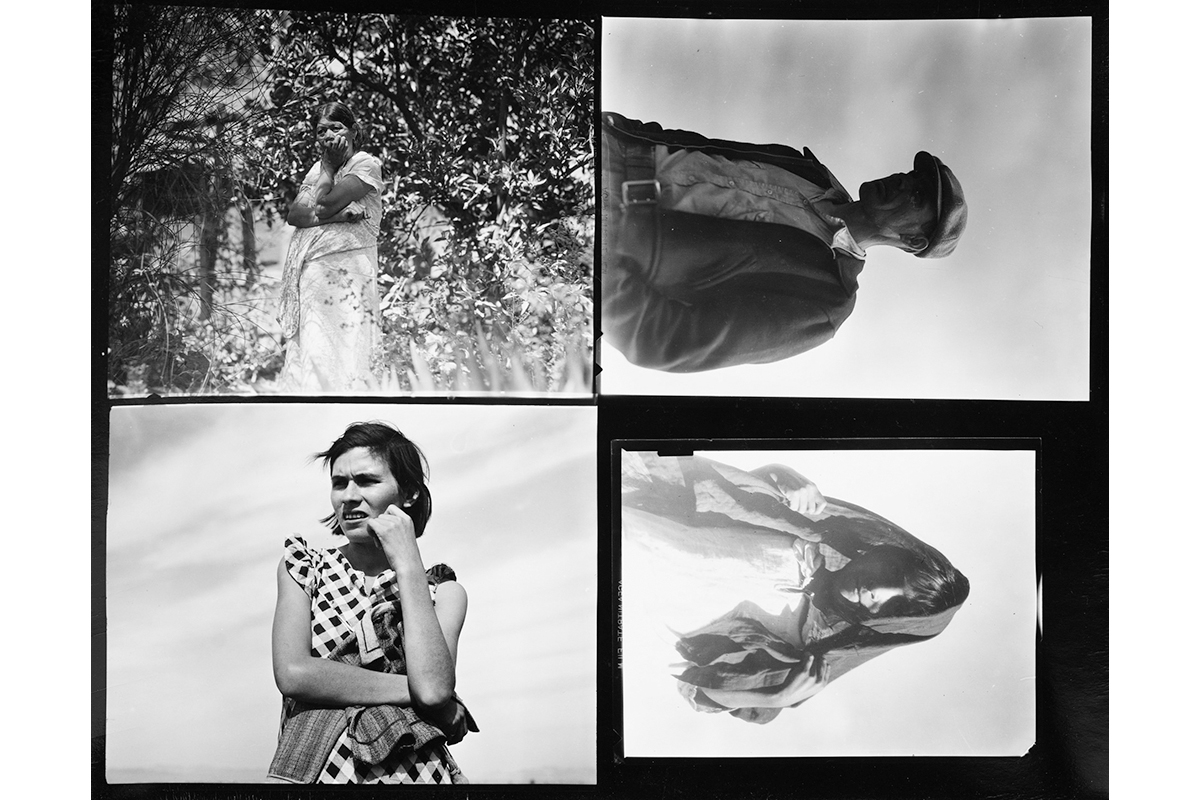
Contact Sheet Dorothea Lange, Coachella Valley People. Coachella Valley, CA, 1935. Gift of Paul S. Taylor © The Dorothea Lange Collection, the Oakland Museum of California. |
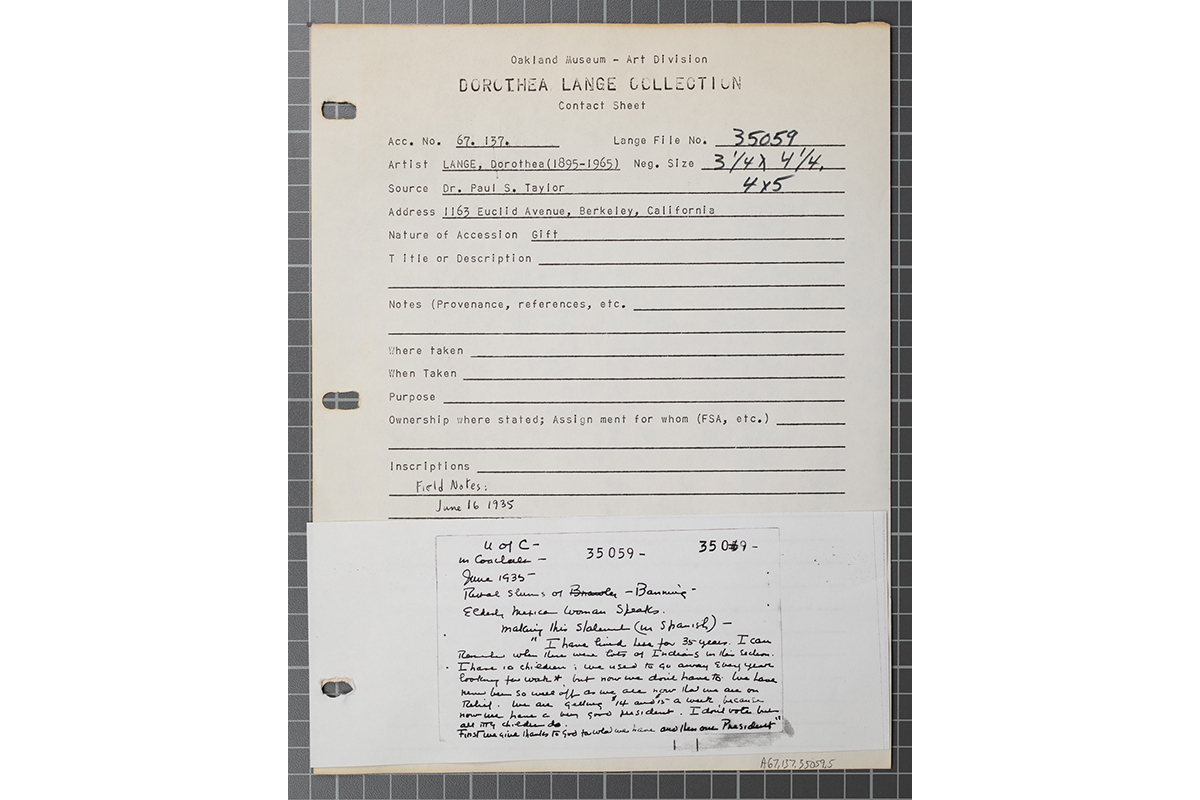
Field Notes Dorothea Lange, Coachella Valley People (field notes). Coachella Valley, CA, 1935. Gift of Paul S. Taylor © The Dorothea Lange Collection, the Oakland Museum of California. |